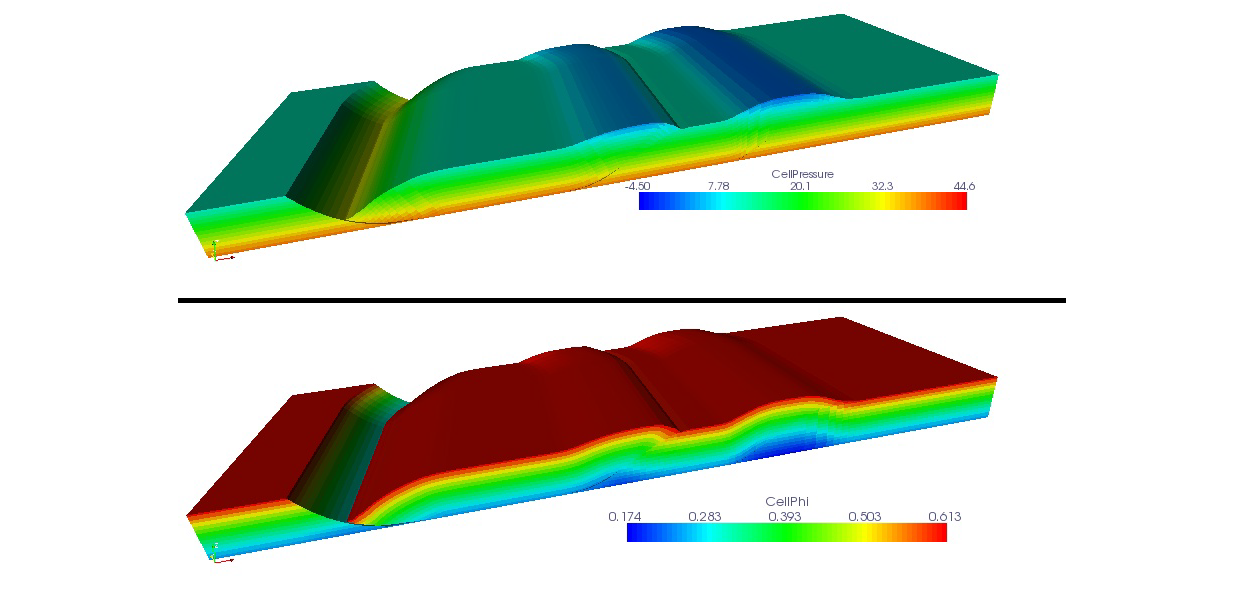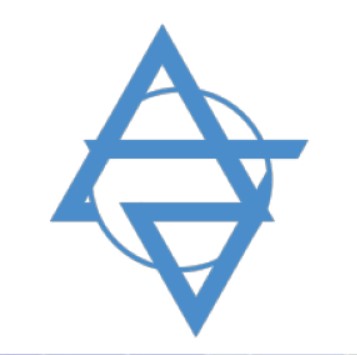18.07.2023
3 minutes of reading
The third edition of the Rencontres Arcane event brought together representatives from the CEA, ONERA, INRIA, Andra and IFPEN. On the agenda: discovery of the wealth and potential of the Arcane HPC (High-Performance Computing) platform jointly developed by the CEA (French Alternative Energies and Atomic Energy Commission) and IFPEN. The platform has been available on an Open Source basis since 2021 on a dedicated GitHub page. The idea is to make the library available to a wide community of appled mathematicians and physicists, users of HPC solutions.
A look back at a long and fruitful collaboration.
In the beginning, a need for common high-performance computing tools
The CEA and IFPEN develop high-performance and massively parallel computing tools for a broad range of applications, from the study of plasmas at the CEA through to geothermal energy and CO2 storage at IFPEN. Based on the observation that the problems encountered and associated solutions are often similar between applications, the decision was taken to pool development efforts by creating a common library as a foundation for these various applications. The result was Arcane. Its optional module, called Alien, is dedicated to linear algebra, offering a unique and practical interface enabling users to draw on a vast choice of linear solvers and preconditioners*.
* Transformation making it possible to adapt a linear system of type Ax = b in order to make it easier to solve.
Arcane: a history dating back to the eve of the twenty-first century
Arcane was created in the year 2000 at the CEA as part of the Simulation program, which provides the tools used to ensure the safety and reliability of nuclear weapons. IFPEN and the CEA signed a collaboration agreement in 2007 with a view to jointly enhancing the platform and sharing the associated technological benefits. In 2021, the platform became open source to facilitate developments between IFPEN and the CEA, as well as to foster the use of Arcane by the scientific community, collaboration with other research bodies and universities (internships, theses, post-doctoral research), participation in publically funded projects (ANR, investment for the future, etc.), as well as the submission of papers for publication in journals or presentation at conferences.
2022, fresh impetus for the collaboration between the CEA and IFPEN
In 2022, the CEA and IFPEN signed their first framework agreement for collaboration to develop research and development synergies hinged around four energy-related priority areas: mobility, the circular carbon economy, digital technology and education.
The digital technology component includes further development of the Arcane platform, as well as collaboration in the fields of numerical methods, uncertainties, optimization, AI, machine learning and multi-scale/multi-physical modeling and simulation. Joint seminars are organized to foster dialogue. For example, CEA and IFPEN teams met on 15 and 16 May 2023 to identify common research priorities relating to advanced materials and AI.
Arcane in a few words
Arcane helps to optimize the performance of large parallel computers and manage the complexity of data for non-structured 3D grids. Arcane has an object-oriented architecture making it possible to construct modules and services with different degrees of complexity. As a result, it offers significant flexibility for the implementation of simulation software solutions and enables users - physicists, mathematicians and IT specialists - to focus on their respective tasks, thereby facilitating the faster creation of innovative scientific software. Arcane is available on Linux and Windows operating systems.
A panoply of calculators developed on the Arcane base at IFPEN
IFPEN used Arcane to propose several geoscience modeling tools:
- The calculators within the TemisFlow™ software, dedicated to sedimentary basin modeling and marketed by Beicip-Franlab (an IFPEN subsidiary), are based on Arcane.
- The DionisosFlow™ software solution used for simulating the deposit, transport and erosion of sedimentary layers, also marketed by Beicip-Franlab, uses the ArcaDES calculator developed with Arcane.
- The CATS (Cellular Automata for Turbidite Systems) calculator, which offers an innovative numerical modeling approach to simulate turbidite flows, was developed on the Arcane base within the framework of a collaboration with Petrobras and Engie.
- Recent additions to the range of tools based on Arcane for modeling the underground environment are Geoxim (simulation of different scenarios for the underground storage of CO2 integrating fluid-rock interactions) and Fraxim (fluid flow simulation in fractured media such as those encountered in deep geothermal energy).

An adventure that is only just beginning
Arcane has a bright future ahead, since it significantly facilitates the writing of high-performance computing codes using the multiple resources available in the form of advanced supercalculators. The platform offers a response to the existing and future challenge of application performance portability.
The list of applications that could benefit from the platform’s numerous functionalities will continue to grow to meet the challenges posed by renewable energies and new usages of the underground environment. Arcane has more secrets yet to reveal.
To download Arcane : GitHub page
Scientific contacts : Gilles Grospellier (CEA), Stéphane de Chaisemartin (IFPEN)






